
Twitter marketing has grown from a trend to an essential component for businesses over the last few years. If you operate a small business and have yet to tap into the vast potential of the social networking site, you are lagging behind the competition.
With 320 million monthly active users, Twitter marketing supports websites which share embedded tweets, garnering 1 billion unique views a month. Still not convinced?
Like its famous social media rival Facebook, Twitter has a different social networking ‘atmosphere,’ and like any other marketing tool, patience and consistency is key.

Source: Brands Martini
Small businesses find Twitter marketing to be expensive, with prices six times higher than that of Facebook, but what they do not understand is that the click-through rate is 8 to 24 times higher.
Not only does marketing on Twitter broaden horizons for otherwise limited businesses, it also enables them to generate leads at a negligible cost.
He promised that it would be a really happening party, with colorful conversations and big names stopping by to say hello.
What better way could there be to spend a Saturday night? You think to yourself as you enter the room. Famous people to chat with, interesting insights to be exchanged - that's the dream.
The moment you enter the room, you grab a beer from the nearest tray and sidle over to the nearest group. Hey, isn't that one of the top executives at Apple? Score! You enter the circle, smile, and start to introduce yourself,
"Hi, I'm..."
"Great to see you! Do you know that Apple has a new watch that tracks how long you have left to live on this Earth? You gotta check it out now!"
"Oh, that's nice. What's your..."
"And we're offering a fantastic discount on the Apple store as well - 10% off for new purchases! Go there now!"
Confused, you slowly start to back away. One by one, other top executives from well-known companies close in on you, smelling fresh blood...
Sounds like a crazy bunch of people, right? Who would give such a hard sell to a person he's barely even met yet?
And they're doing it in one of the greatest parties on Earth with roughly 650,000,000 people living it up there - Twitter.
An Econsultancy study revealed that 25% of top brands continue to use Twitter for broadcasting purposes only.
That's right - all plugging, no conversing.

Edward Boches, part-time chief innovation officer at Mullen (among other things), recently posted an article bemoaning the state of social media today - that is, that they are all no longer social in nature.
According to him, Oreo's blackout tweet, that went viral during the Super Bowl, is the very embodiment of all things wrong with Twitter and how brands use it today: "that all of the ad industry’s social media focus has turned into a quest for equally attention-getting ad-like objects."
He's not alone in thinking so. Gary Vaynerchuk, co-founder and CEO of VaynerMedia (also among other things), says in his bestselling book, Jab, Jab, Jab, Right Hook:
"The main mistake most marketers make is to use Twitter primarily as an extension of their blog, a place to push a link to content they have posted elsewhere."
In other words, what these experts, and likely mainstream social media users, have witnessed over the past years is how social media went from social to broadcast. Companies use platforms such as Twitter and Facebook primarily for the purpose of sending traffic to sales pages, completely discarding the social aspect of conversing with and engaging followers.
And that is why they are losing so terribly in the social media game.
Let's go back to the scenario I painted earlier in this article. Why do you feel so uncomfortable with all these people trying to sell you things?
What if, instead of nameless faces, these people were your friends? Would you stick around to hear them out even if you knew they were selling you something?
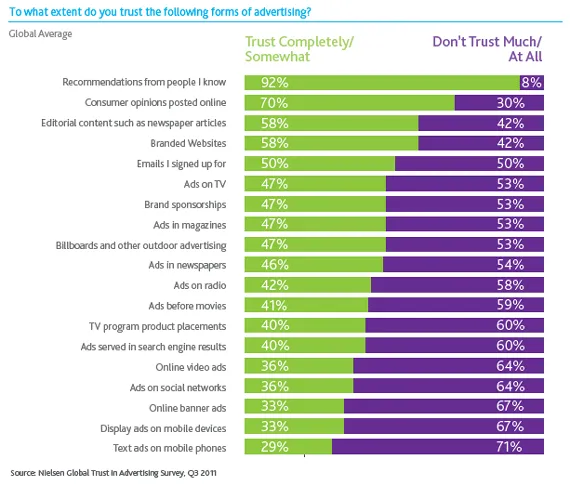
Let's whip out the statistics again: According to research done by Nielsen, 84% of people trust recommendations from friends and family more than any other form of marketing. It wouldn't be too audacious to say that everyone and anyone would trust recommendations from friends or family!
The fact of the matter is that, without any trust from your followers, they won't buy anything you throw at them, no matter how fancy the packaging . They have no reason to trust you either, because you haven't bothered to build any context for them. The key to social media success is as simple as this: build context → earn trust → get sales.
[Tweet "The key to social media success is as simple as this: build context → earn trust → get sales"]
At ReferralCandy, we are well aware of how valuable our relationships with our Twitter followers are, and we consistently seek innovative strategies to engage them read here through meaningful interactions that go beyond typical marketing approaches. We make it a point to actively chat with our followers about random things, and guess what - they actually respond!
So what can a brand do on Twitter if they're not broadcasting anymore? The sky is the limit, but you can get started with these 5 ways to engage your followers on Twitter that we personally use at ReferralCandy (and fiercely vouch for).

Did you know that body language makes up roughly 80% of all communication? Nonverbal communication such as touching someone on the arm or simply smiling at that person make for a lasting and positive impression.
With this in mind, communicating that you are friendly and trustworthy via social media seems like a mammoth task, since we lack the physical cues that help it along in a huge way.
Since we lack physical cues online, we can only rely on the next best thing: verbal cues that communicate friendliness. Our weapon of choice at ReferralCandy is the simple but potent means of small talk.
Many people overlook the value of small talk because it just seems incredibly frivolous. Businesspeople, however, know full well the power of small talk in creating connections that could eventually land the sale. Small talk is the new sales pitch.
Aside from its apparent business value, small talk just feels good, according to Forbes contributor Brett Nelson:
Some days the very thought of returning a verbal volley can feel exhausting. Think about it, though: How many times did a little light banter leave you feeling…a little lighter? Humans are social beings: We crave connection—that’s why Facebook founder Mark Zuckerberg is worth $17.5 billion—and small talk, while maybe not scintillating, is a way to connect.
Additionally, corporate social media accounts often have the unfortunate side-effect of appearing, well, corporate. This is largely due to overly promotional content being constantly published via these accounts, communicated via business-speak (ew). Making small talk humanizes your brand.
So how can you start to make small talk with your brand followers? Simply put, go ahead and dive right in! Our Community Manager, Visakan, stresses the importance of being natural about it, because people can sense when you're just making things up. Treat your brand Twitter followers like you would on your personal account - which tweets interest you, or would you normally respond to?
Here's an example of a recent round of small talk we struck up with our friends at Shopify:
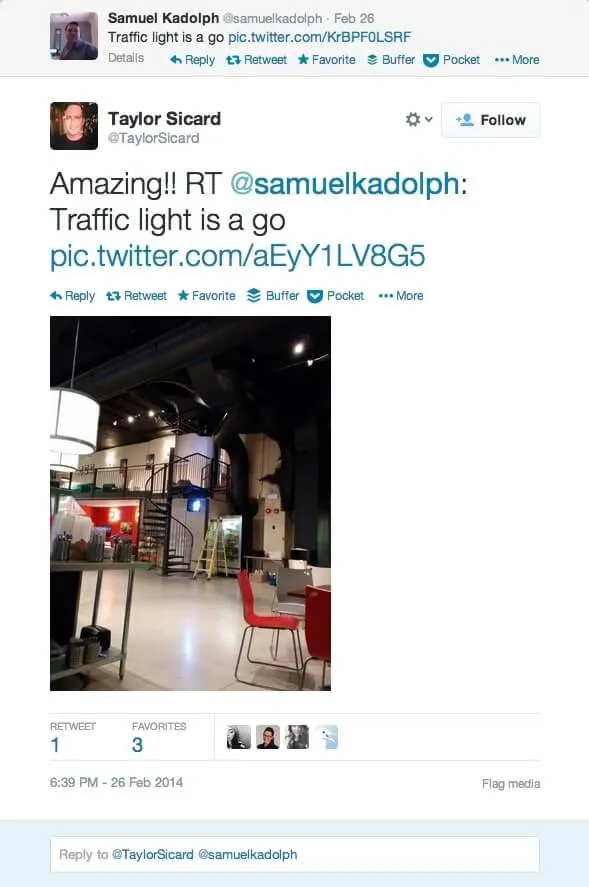
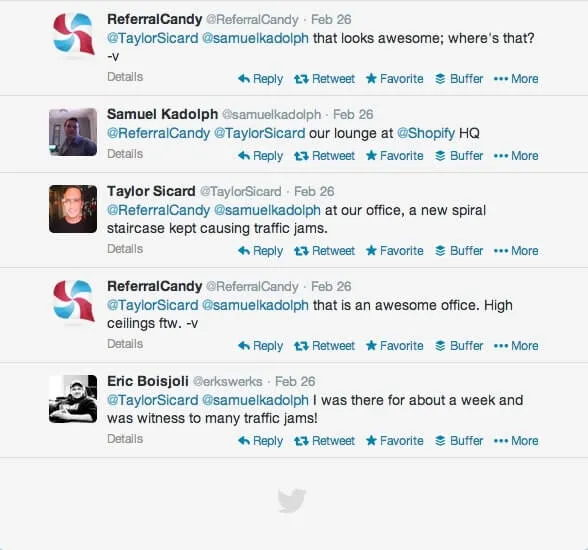
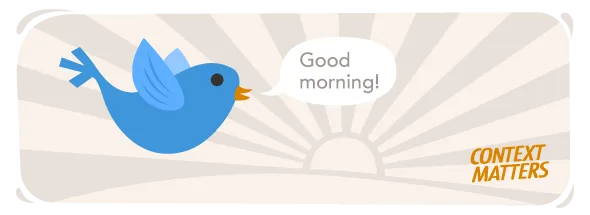
When scrolling through your Twitter timeline, you might realize that there's usually a strange mixture of good mornings and good nights within the same hour.
This is largely thanks to globalization - today, companies often face a wider international audience than ever before, which adds an added dimension to our social media engagement strategy: context.
For example, it sure wouldn't make sense for you to tweet "Top of the morning to all our wonderful fans!" when the majority of your followers reside halfway around the world, and are just getting ready to go to bed. Hence, it is critical for businesses to know when most of their followers are online, and be there to deliver the right type of engagement - at the right time.
To do this, we use a delightfully simple tool called Tweriod. What Tweriod does it to analyze your past tweets, as well as your followers' and those you follow, and it does all the heavy lifting, resulting in a neat report that summarizes the most crucial data for you: what times you have the most exposure, what time most of your followers are online, and an hourly breakdown of your online followers.
Here's our breakdown:
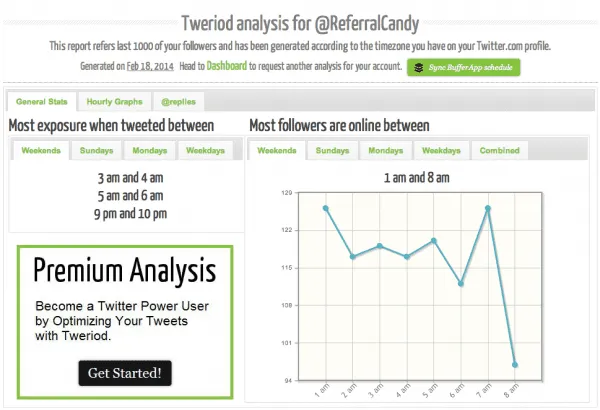
Similarly, it is crucial for you to know what is going on in the world of your followers, such as any festivities and seasons that are occurring where they reside. These are excellent moments for you to engage your followers in a manner that is relevant and, if done well, shareworthy too.
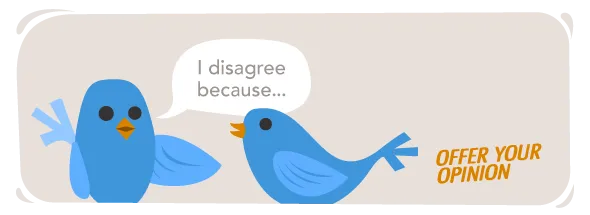
Have you ever tried conversing with someone who sits on the fence about everything? It does get rather boring after a while, doesn't it? While most don't realize it, those who manage corporate Twitter accounts tend to be rather unopinionated as well.
The reason for this seems reasonable enough as well: social media gaffes are one of those things that are really hard for brands to come back from (just ask these guys).
As a result, corporate Twitter accounts usually end up being rather sterile, and hence boring, because they want to remain politically correct and avoid potentially embarrassing situations.
Among the throngs of content that offers the same old perspective, though, your best chance of standing out and engaging your followers in genuine debate is if you dare to take a stand. The top influencers on Twitter are influential not because they follow the crowd, but because they offer fresh insights that spark new discussions.
In the words of Marcus Sheridan of The Sales Lion, "Only those with guts and audacity stand out".
On the flip side, it is also worth noting that one should be thoughtful when offering an opinion. When it comes to careless statements, the problem doesn't lie with the quantity of tweets, but whether or not the tweets were made with the brand's best interests in mind.
Tweeting thoughtlessly will more than often come across as offensive. It is therefore important to be mindful of the content and tone of your tweets, even when you're offering a strong opinion.
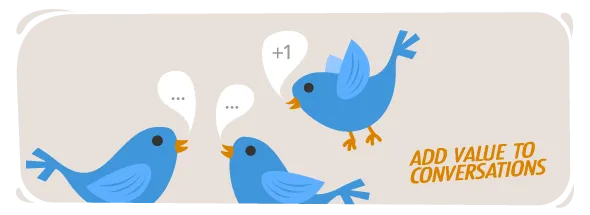
So far, I've talked about how you can manage the tweets that go to and from your brand Twitter account. Outside of it, there is a whole new world of people chatting, having fun, and yes - talking about your brand as well. It is crucial for you to step out there and meet those who have come into contact with your brand in one way or another.
Companies literally relinquish control over their branding when they don't step into communities that involve or mention them.
To be fair, companies nowadays are quite on-the-ball when it comes to monitoring conversations on social media today, thanks to amazing tools that have been made available recently.
Regrettably, though, most are still beginning to learn the art of joining the right conversations - which is the next step up from simply responding to any mentions of your brand name.
To begin with, what kind of expertise is your company associated with? At ReferralCandy, for example, we consider ourselves as experts in the ecommerce and referral marketing space. As a result, we go the extra mile in looking for conversations that revolve around these topics, and (this is really important) see if we can add value to the conversation.
This is worth mentioning again: Don't join a conversation for the sake of it, but because you can add value to it. Otherwise, it just comes across as really obnoxious.

All in all - and I cannot stress this enough - stop talking about yourself. No one likes to talk with a self-obsessed show-off, so stop being one on Twitter.
Twitter is the place that people go to to let down their hair and engage with each other - certainly not to read your self-promotional content (save that for Facebook!). Make real conversation; offer genuine value; show love to your followers.
If you take anything anyway from this article, it should be this: shine the spotlight on your followers instead of yourself.
I guarantee you that they will reciprocate in kind.
Over to you: Have you tried engaging your followers on Twitter? What methods did you use, and how did it go? Drop your thoughts into the comments box below.
Daniel Tay is a content marketer and writer. As the founder of With Content, he helps companies to create quality content that resonates with their audience of choice. With over 5 years of experience in content strategy and marketing, his writing can be found on websites such as Hubspot, Search Engine Journal, and Tech in Asia. You can find Daniel on LinkedIn or Twitter.
Grow your sales at a ridiculously
lower CAC.